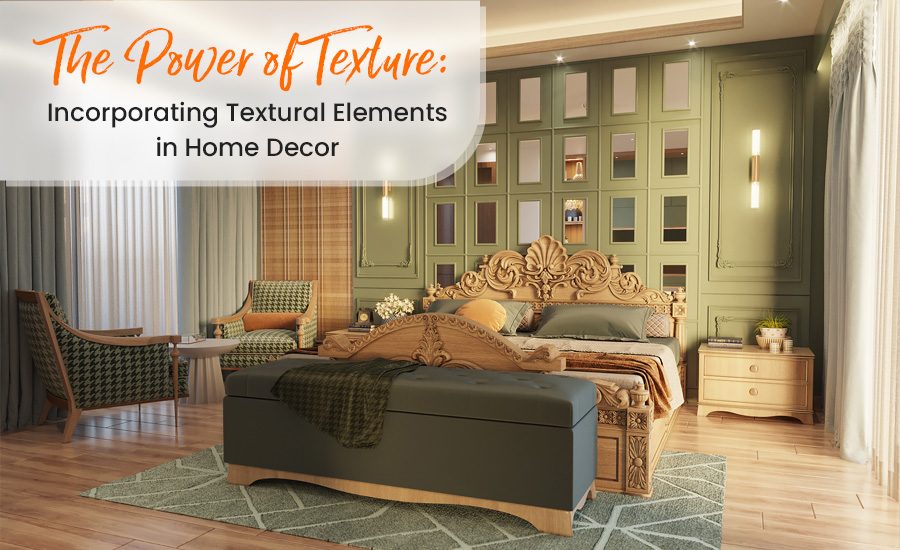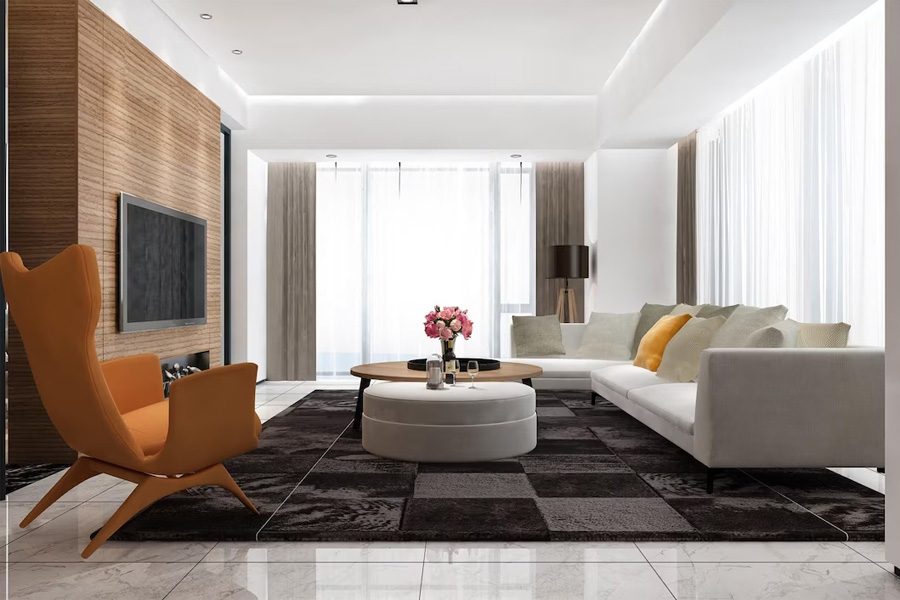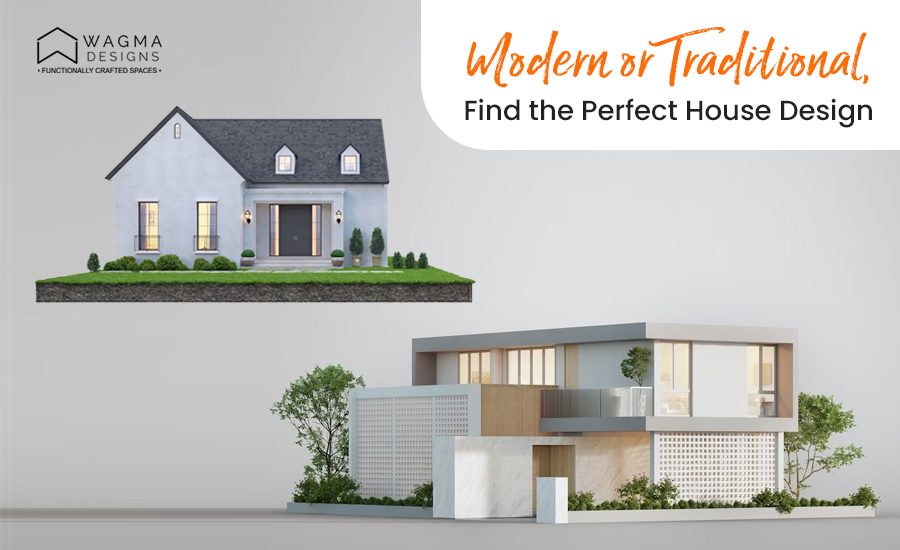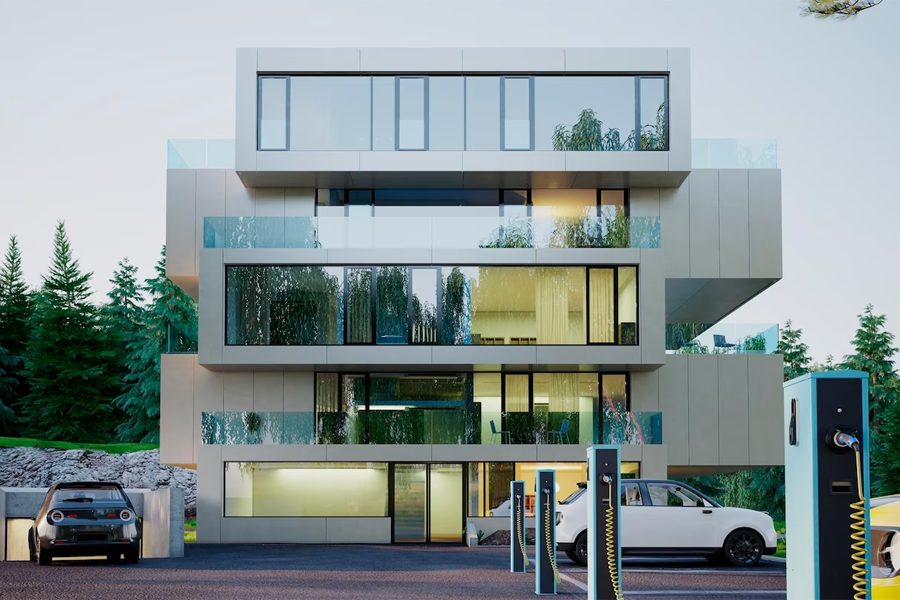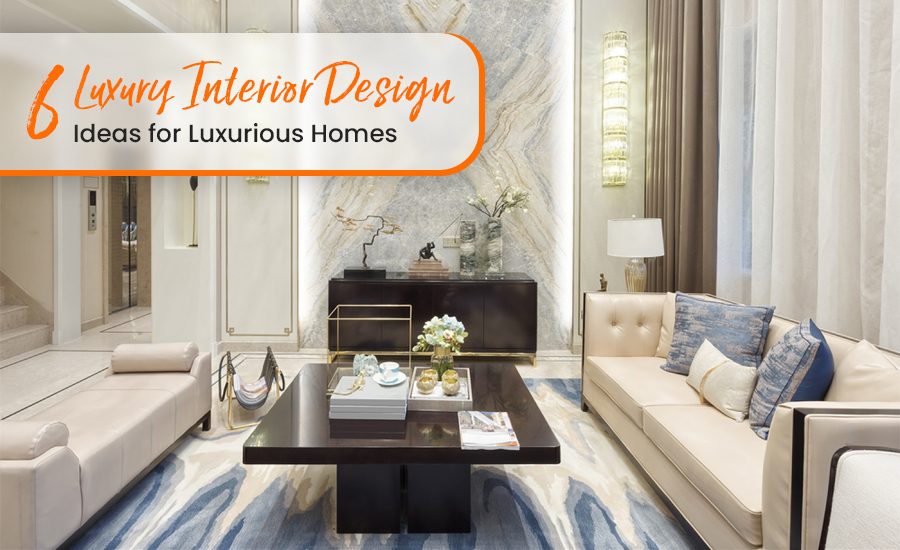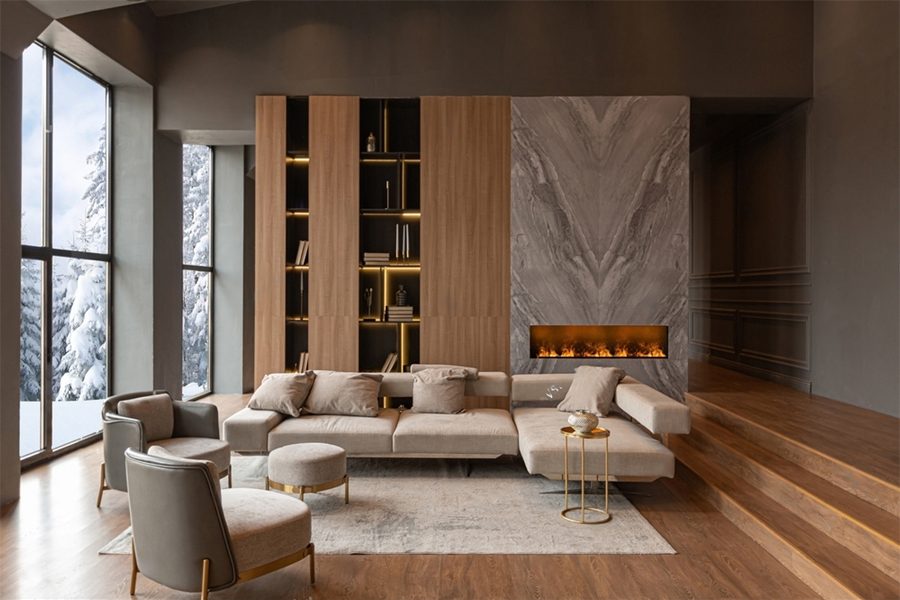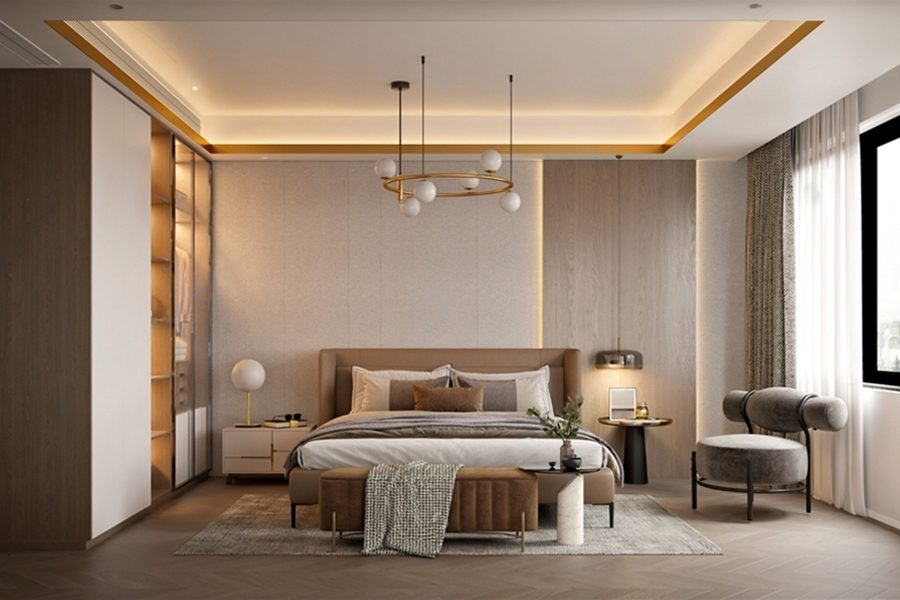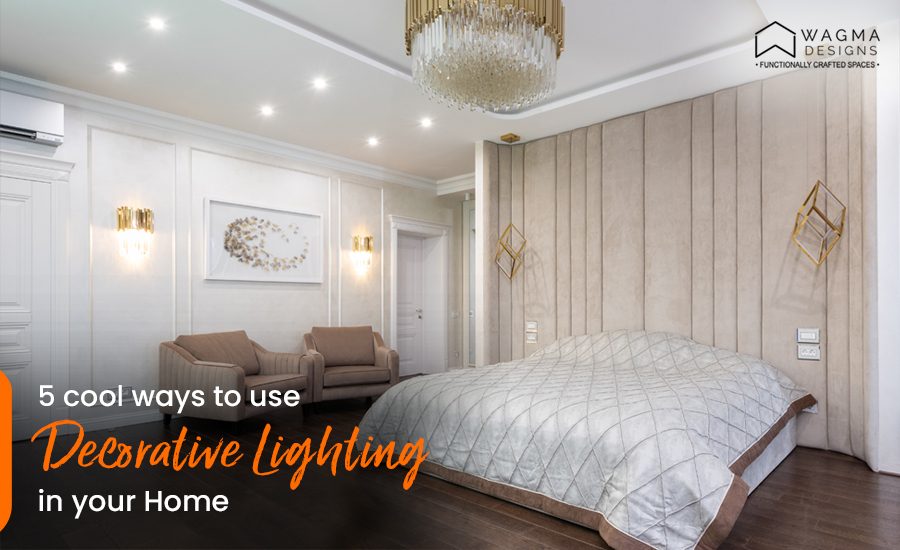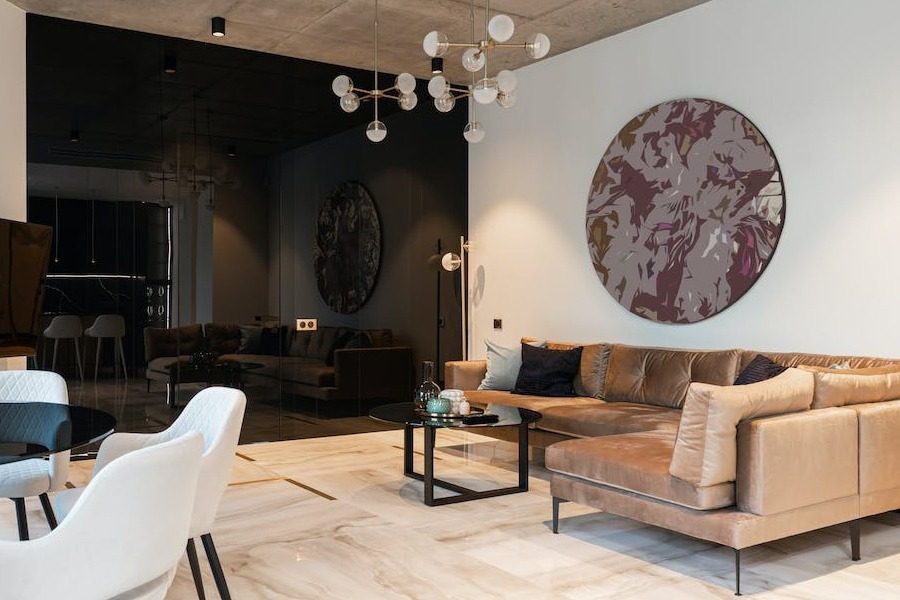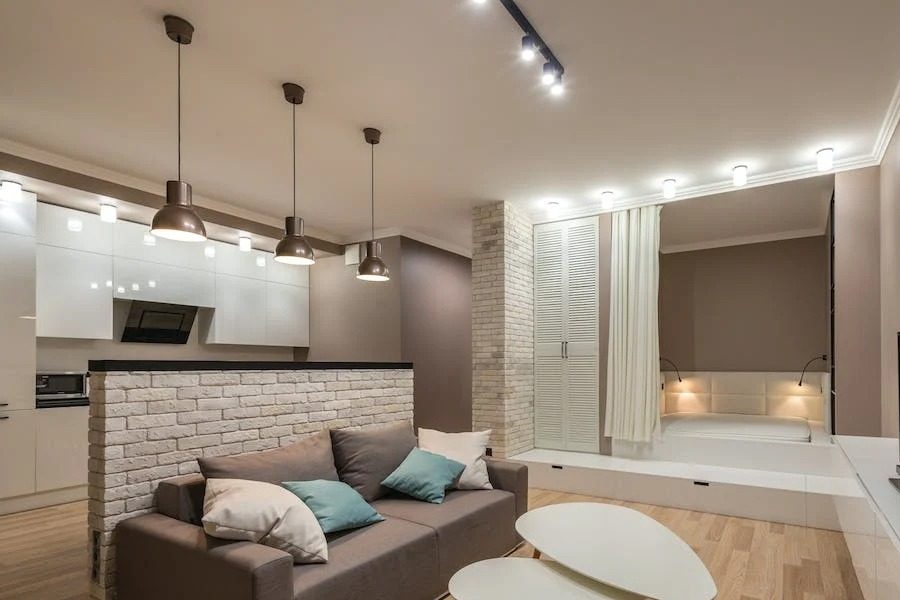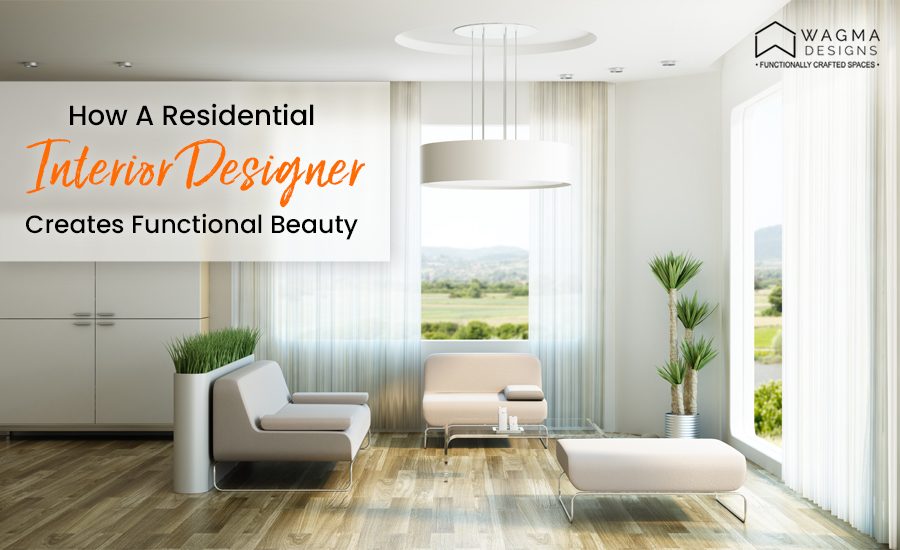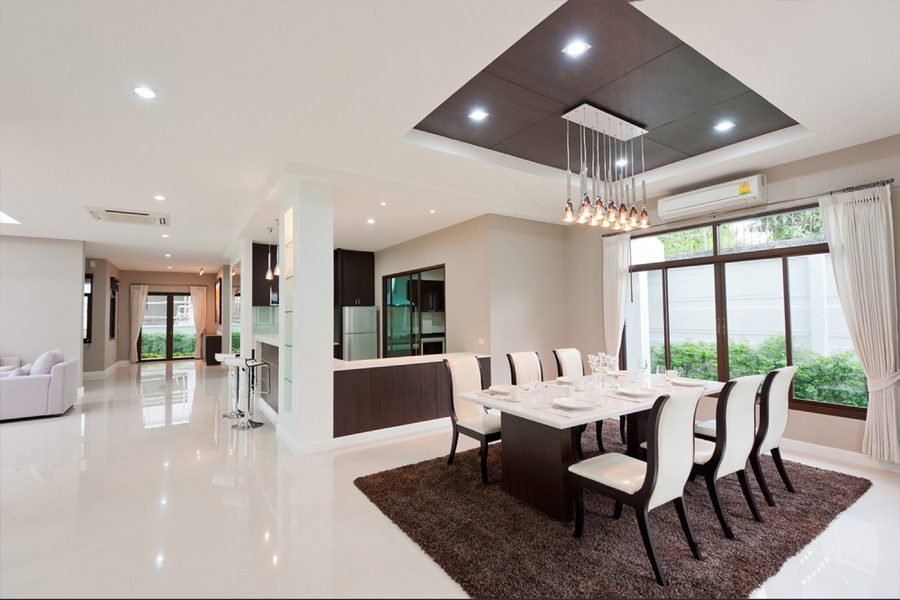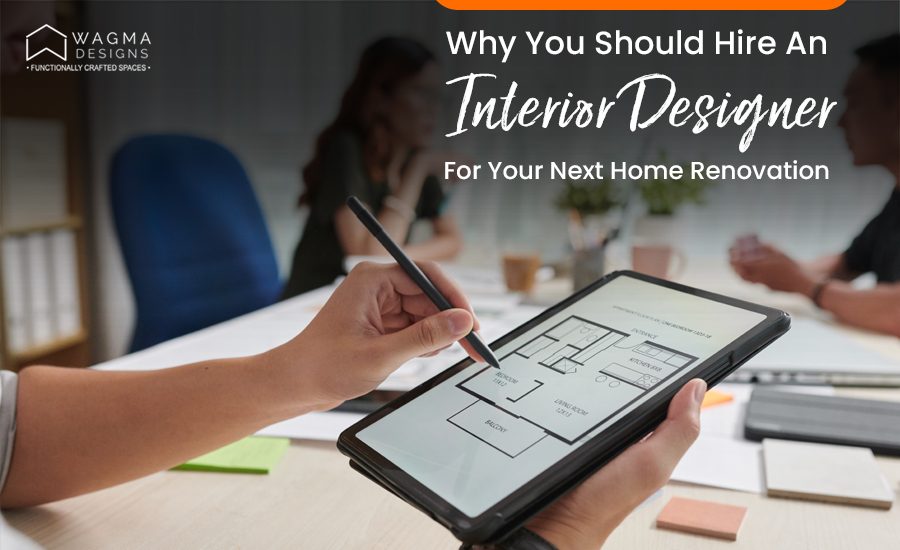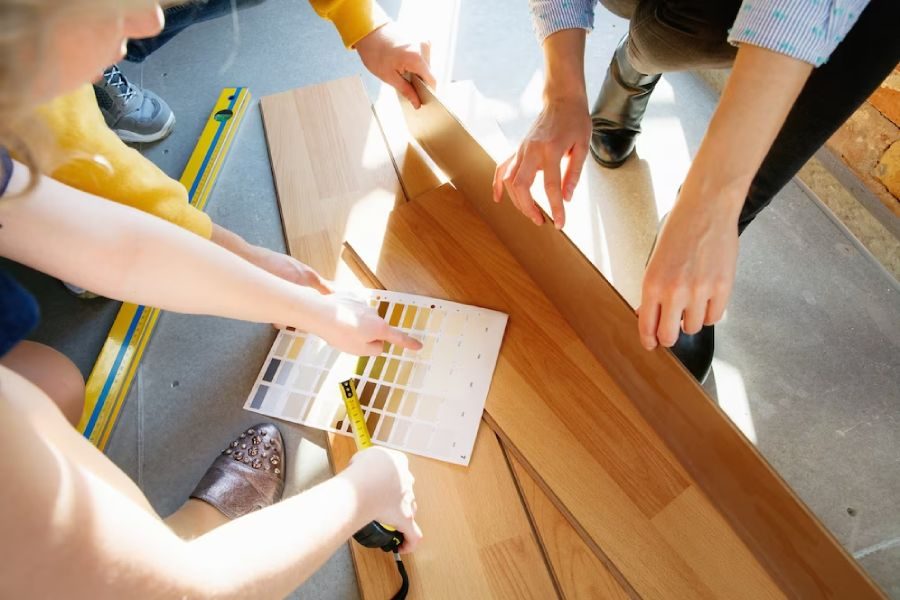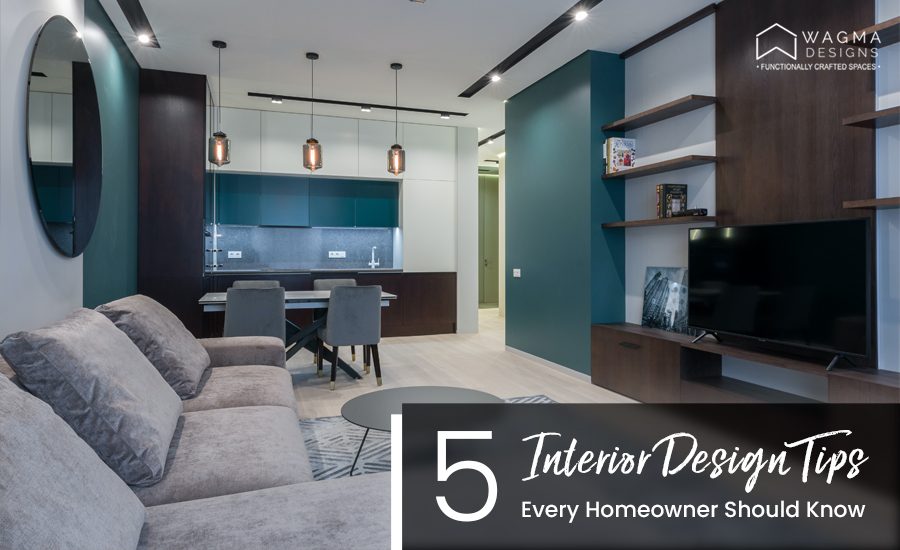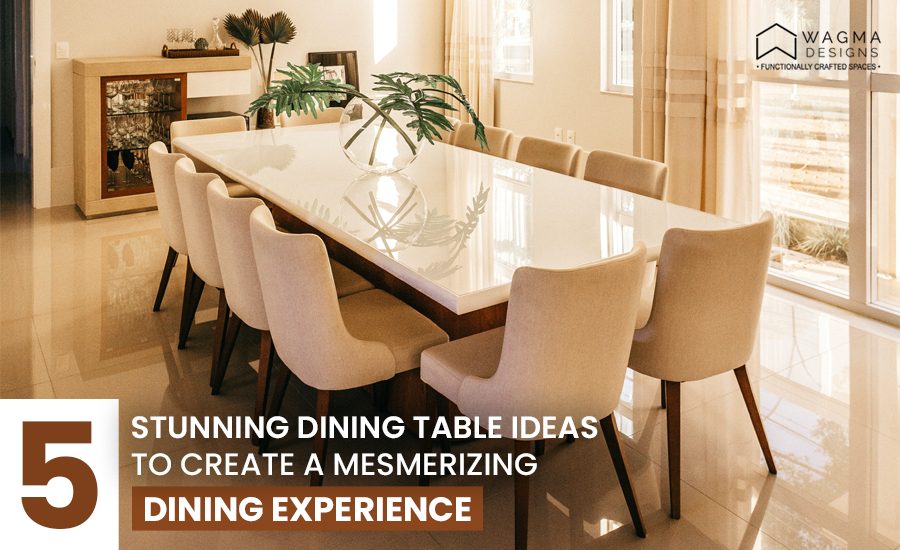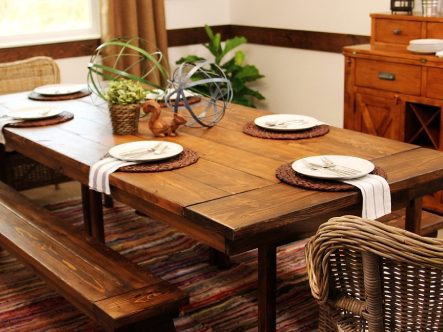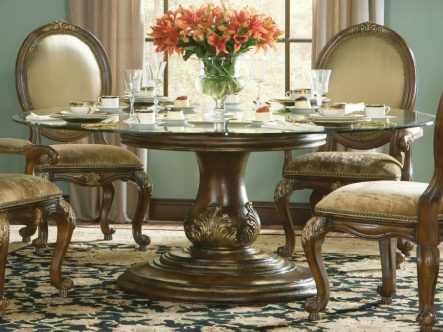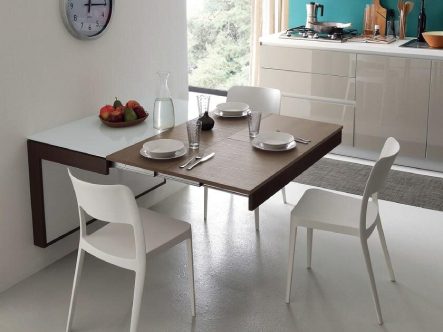Dining rooms are designed according to one’s own taste and style, which have a significant impact on the look and feel of the space. There are some people who prefer a more formal and traditional style, while others may prefer a more casual and modern style.
For those who prefer a more traditional style, a dark wood dining table and matching chairs with ornate detailing can create an elegant and timeless look. Rich fabrics like velvet or silk can be used for chair upholstery or window treatments to add texture and sophistication. Classic lighting fixtures such as chandeliers or candelabra-style pendant lights can also enhance the traditional feel of the room.
On the other hand, for those who prefer a more modern aesthetic, a sleek and simple dining table and chairs in a monochromatic color scheme can create a clean and minimalist look.
Lighting is a crucial element in any dining room design. Pendant lights with a modern design or track lighting not only provide adequate illumination but also add an industrial feel to the space. You can choose from a variety of pendant light designs such as globe, drum, or linear, depending on the overall style of your dining room. Track lighting, on the other hand, is a versatile option that can be used to highlight specific areas of the room, such as the dining table or a piece of artwork.
In addition to lighting, artwork or wall decor can also make a significant impact on the overall design of the dining room. Bold geometric shapes or abstract designs can add a pop of color and interest to the room, making it more visually appealing. You can choose from a wide range of wall decor options such as paintings, prints, or sculptures, depending on your personal taste and style.
When selecting artwork or wall decor, it’s essential to consider the size and scale of the pieces. Larger pieces can create a focal point in the room, while smaller ones can be grouped together to create a cohesive look. You can also experiment with different textures and materials, such as metal or wood, to add depth and dimension to the space.
Designing a perfect dining room depends on personal taste and style, but here are some general tips that can help create an inviting and functional space:
- Choose the right size table: The dining table should be proportional to the room size and comfortable for the number of people who will be using it. Make sure there is enough space around the table for people to move around.
- Lighting: A well-lit dining room can set the right ambiance for a meal. Consider adding dimmer switches to the light fixtures to adjust the brightness according to your mood.
- Seating: The dining chairs should be comfortable to sit in, and the style should complement the table and the room decor.
- Colors: Choose a color palette that creates a warm and inviting atmosphere. Consider using a neutral color for the walls and adding pops of color with accessories like table linens, wall art, and decorative items.
- Storage: A buffet, sideboard, or hutch can provide storage for dishes, glassware, and serving pieces, while also adding to the decor of the room.
- Flooring: Choose a flooring material that is durable and easy to clean, such as hardwood, tile, or vinyl. Consider adding an area rug to define the dining space and add warmth.
- Accessories: Add decorative elements like candles, flowers, or a centerpiece to create a focal point on the table.
The perfect dining room reflects your personal style, provides a comfortable and inviting atmosphere for family and friends, and is functional for you.


